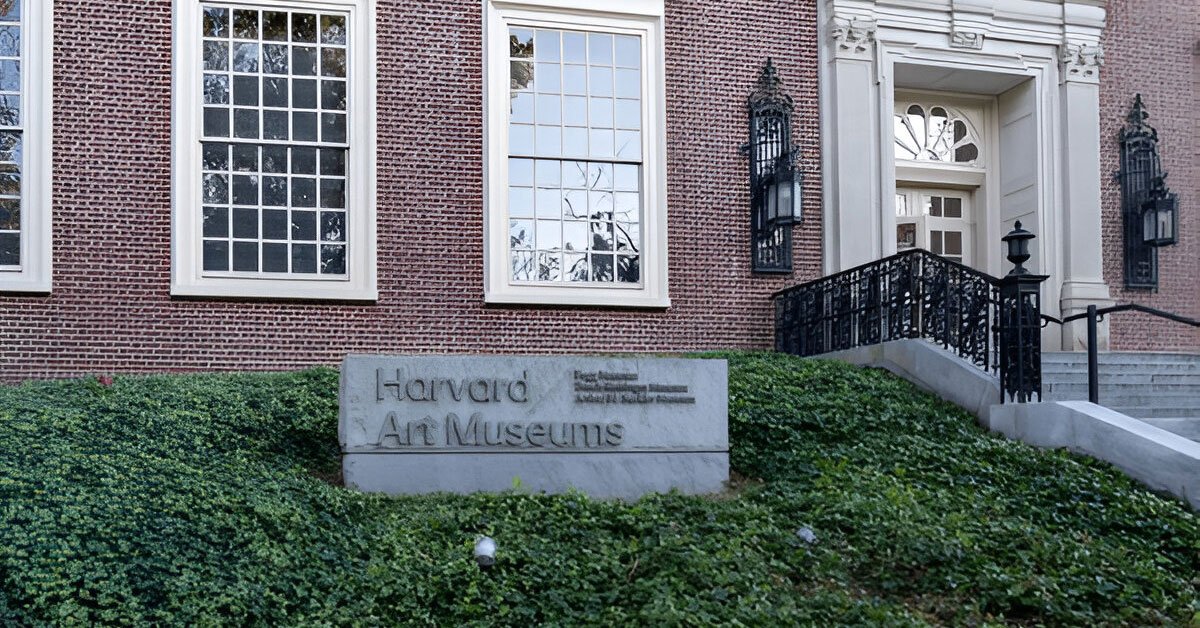Physical Address
304 North Cardinal St.
Dorchester Center, MA 02124
Physical Address
304 North Cardinal St.
Dorchester Center, MA 02124

Nestled in the heart of Cambridge, Massachusetts, the Harvard Art Museums offer an extraordinary window into the world of fine art. As one of the oldest and most prestigious university art museums in the United States, it is a cultural treasure trove for art lovers and history buffs. Its unparalleled collections and immersive exhibits invite visitors to journey through centuries of human creativity and innovation. Whether you’re a student, a traveler, or a seasoned art connoisseur, the Harvard Art Museums promise an unforgettable experience.
The Harvard Art Museums are located at 32 Quincy Street, Cambridge, MA, a short stroll from Harvard Yard in the bustling Harvard Square area. The museums are easily accessible whether you’re arriving by public transportation, car, or even on foot.
If you use Boston’s efficient MBTA system, take the Red Line to Harvard Station, a 5–10 minute walk from the museums. From the station, follow the vibrant streets of Harvard Square, filled with local coffee shops and bookstores, until you reach the museum’s elegant modernist facade.
For drivers, several nearby parking garages, including the Harvard Square Parking Garage and Church Street Lot, are just a few blocks away. While parking in Cambridge can be challenging, arriving early in the morning can help secure a spot.
Cyclists will be delighted to know that Cambridge is a bike-friendly city. Ample bike racks are available outside the museum, and Bluebikes, a local bike-sharing program, has docking stations nearby.
For those flying into Boston Logan International Airport, the museums are about a 25-minute drive, or you can take a combination of the Silver Line bus and the Red Line subway to Harvard Square.
The Harvard Art Museums have a history dating back to 1895 when the Fogg Museum was first established as Harvard University’s original art collection. Over the decades, the museum expanded, acquiring the Busch-Reisinger Museum in 1903, which focused on German and Northern European art, and the Arthur M. Sackler Museum in 1985, known for its remarkable Asian, Islamic, and Mediterranean collections. These three institutions merged to form what we now know as the Harvard Art Museums.
In 2014, the museums underwent a transformative renovation and reopened under a stunning design by world-renowned architect Renzo Piano. Piano’s sleek glass-and-brick structure brought all three museums under one roof, seamlessly blending contemporary design with the original historic elements. Today, the museums boast a collection of over 250,000 works of art from ancient to modern times. They serve as a research hub for scholars and an inspiring destination for art enthusiasts worldwide.
The Harvard Art Museums feature an impressive range of collections and exhibits that cater to diverse interests. Here’s what you absolutely shouldn’t miss:
Don’t forget to pause in the museum’s elegant courtyard, designed as a serene space to reflect on the art you’ve just seen. Grab a coffee at the onsite café to complete your experience.
Harvard Art Museums are situated in one of the most vibrant cultural hubs in the Boston area, offering plenty to explore before or after your visit. Here are some nearby attractions:
With so much to see and do, the Harvard Art Museums and their surrounding areas promise a rich and fulfilling experience, blending art, history, and the vibrant spirit of Cambridge.